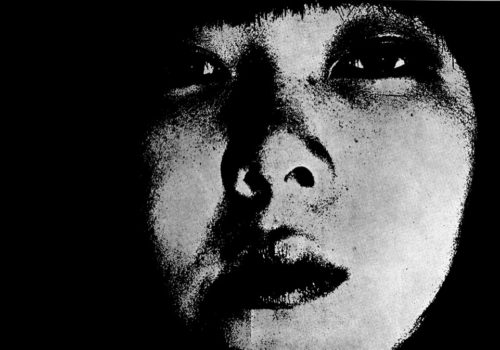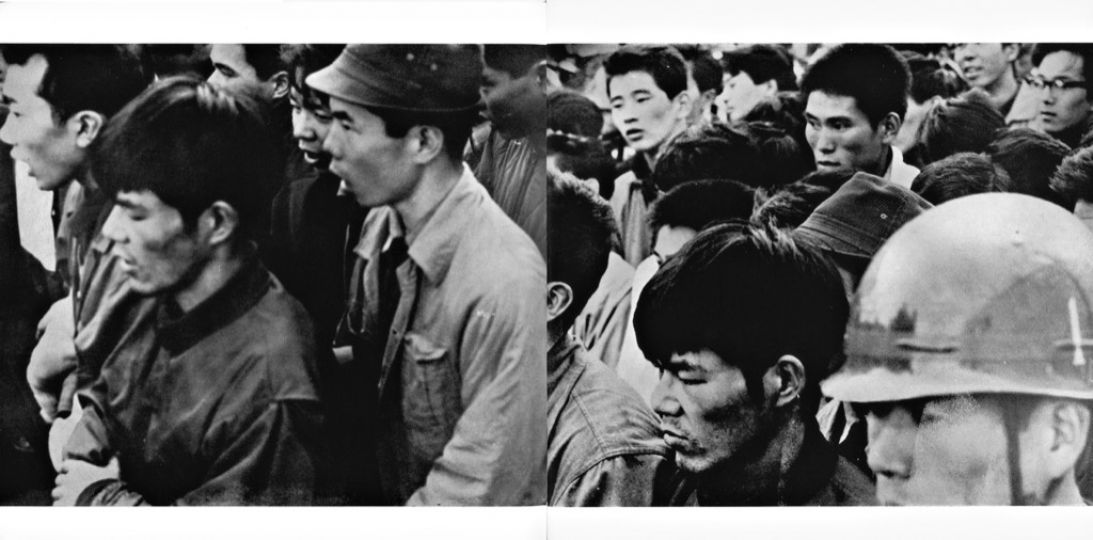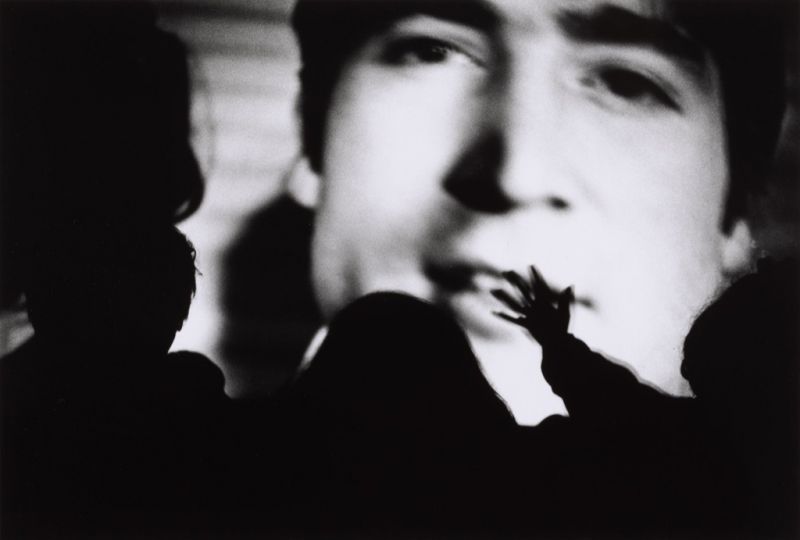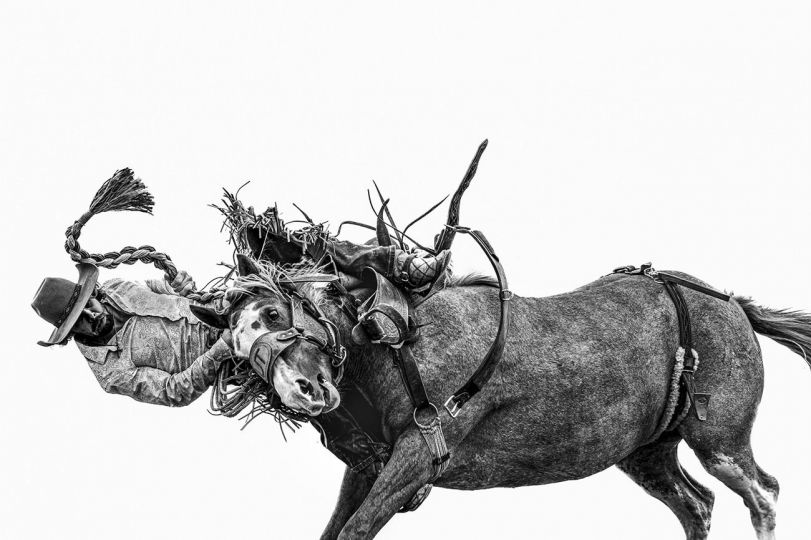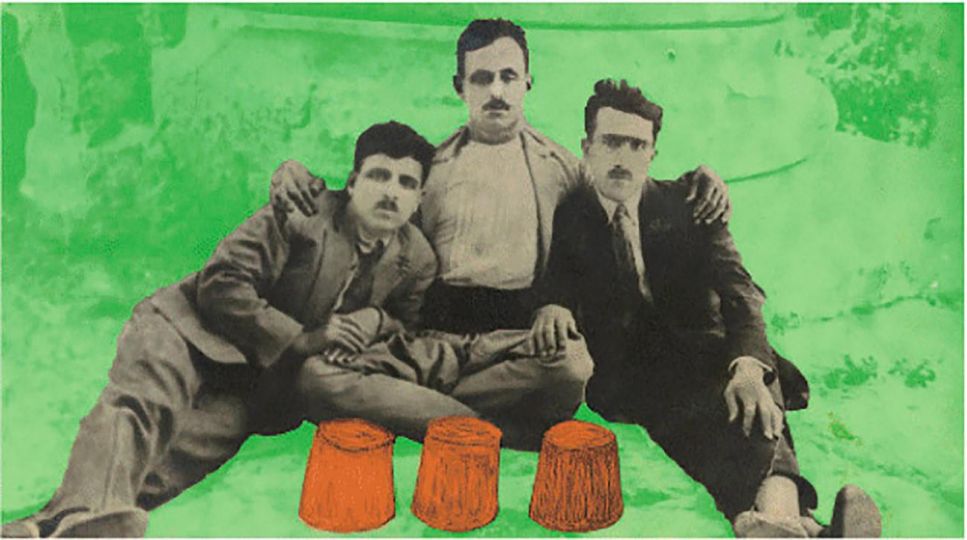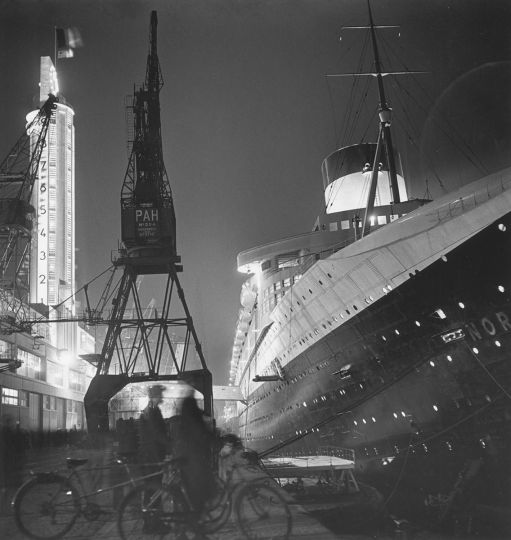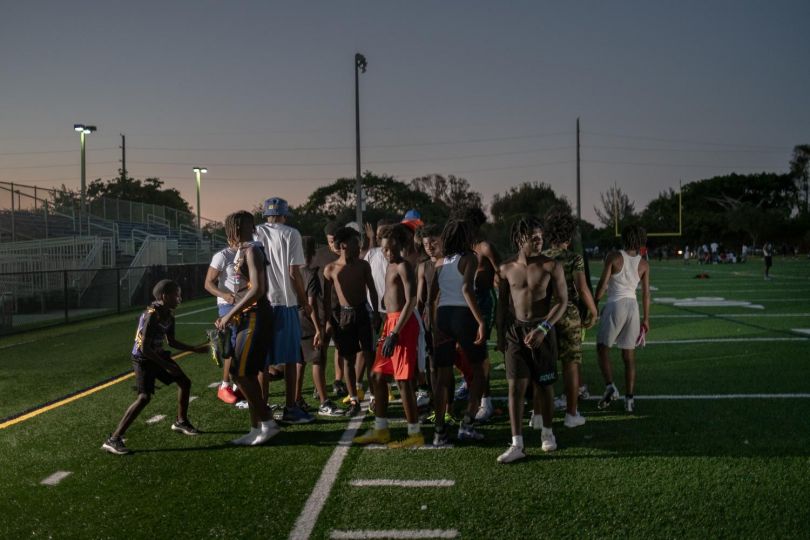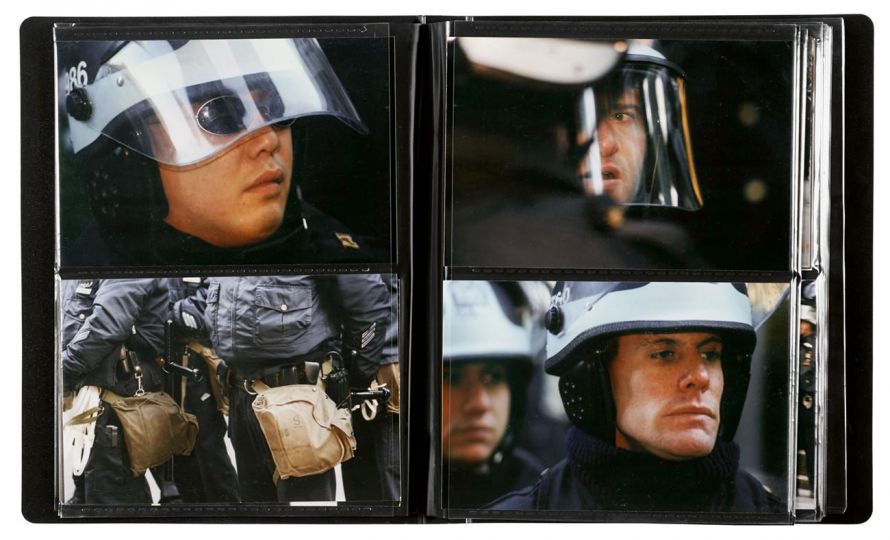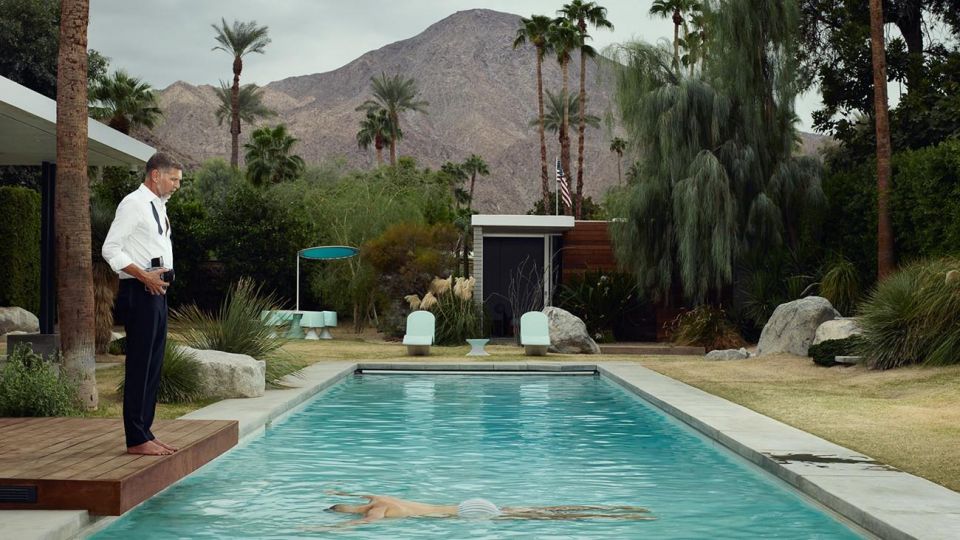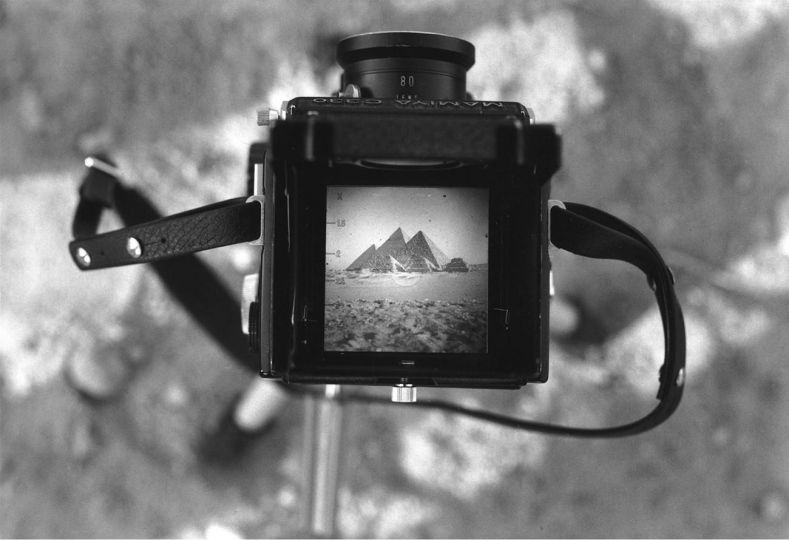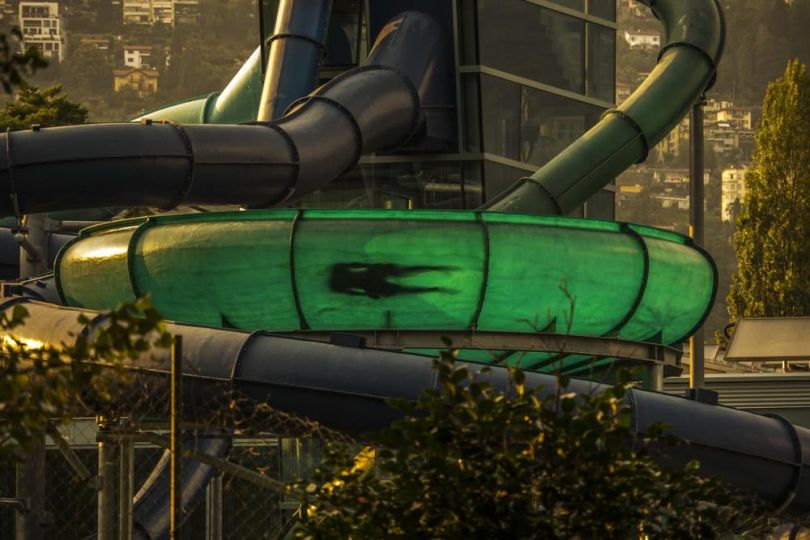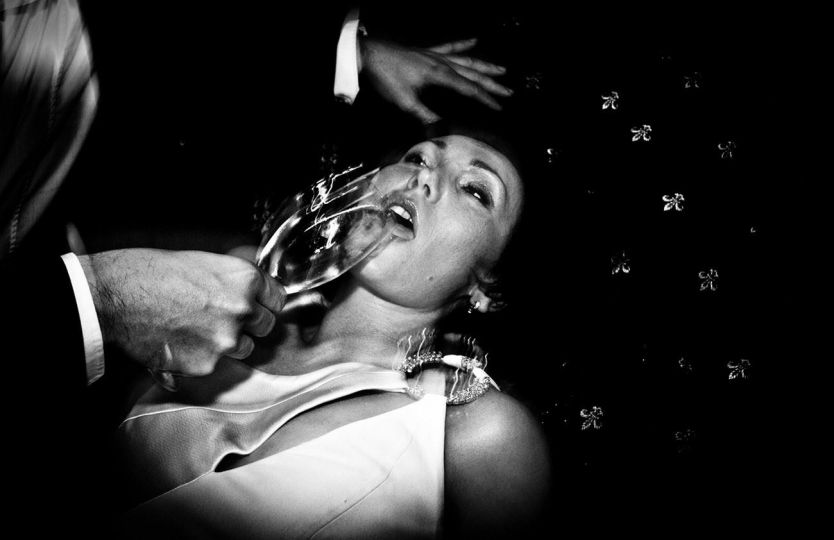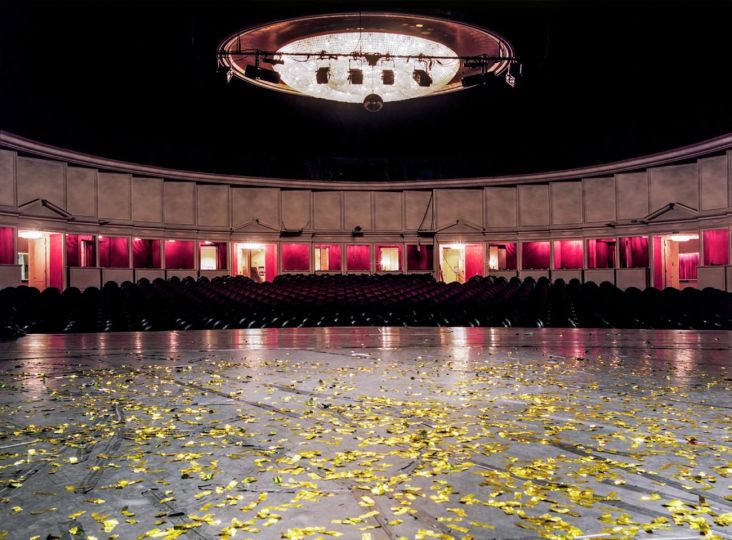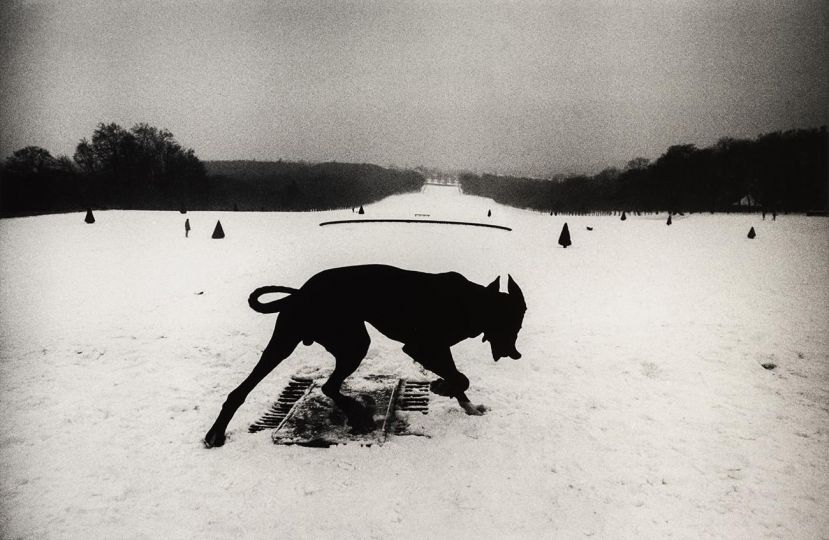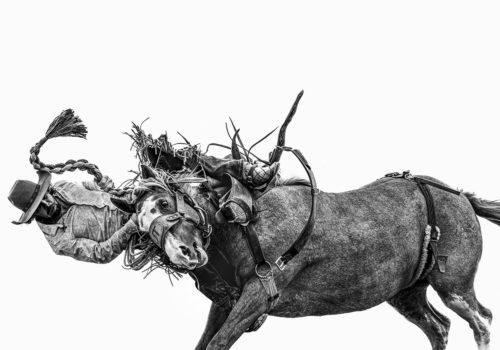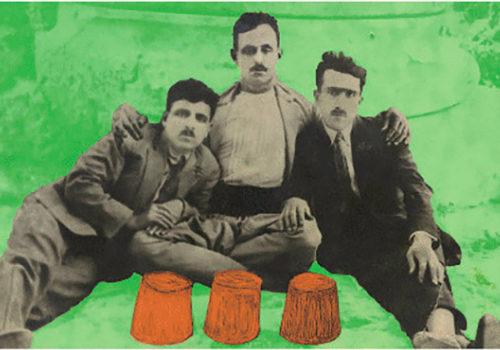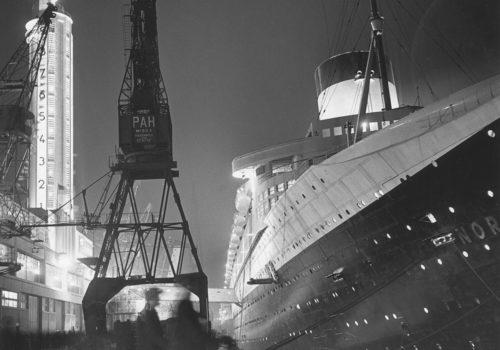Both an aesthetic and a theoretical manifesto, the cult Japanese magazine Provoke pulled off a radical break in just three issues, published in 1968 and 1969. With Provoke, the photographers Takuma Nakahira, Yutaka Takanashi, and Daidō Moriyama, the critic Kōji Taki and the poet Takahiko Okada imposed a new visual language to capture the complexity of the individual experience and the paradoxes of modernity.
From 1960, the dazzling rise of consumer society based on the Western model and the radical transformation of the cityscape plunged Japan into a major indentity crisis, developing on many fronts: American military bases in Okinawa, the occupation of universities by students, the battle of Sanrizuka against the construction of Narita airport…
Though the members of Provoke were active politically—with the exception of Moriyama—for them, photography could no longer describe the complexity of the challenges arising, and even less provide a legitimate report of the state of the world. Still Provoke drew inspiration, in a formal sense, from the self-representational strategies of the protest movement of the day: suggestive sequences, abrupt framing, blurred compositions…
The modus operandi and spirit of Provoke were also nurtured by the emergence of performance art in Japan, and in particular by “actions” in public places. Major figures, such as Jirō Takamatsu, Kōji Enokura, and Shūji Terayama all contributed to breaching the boundary between photographic documentation and live action, emphasizing the performative aspects of the medium. The exhibition explores the context in which Provoke appeared and how its members came to consider the “end of the photographic langage” (Nakahira).
An ephemeral life
The three issues of Provoke were published over just a few months, between November 1968 and August 1969, with restricted distribution of just a few thousand copies. Inspired by William Klein’s book New York (1956), and informed by, in particular, French literary and artistic influences (Albert Camus, Henri Michaux, Roland Barthes, Antonin Artaud, Jean-Luc Godard…), Takuma Nakahira, Yutaka Takanashi, Kōji Taki and Takahiko Okada devised the first issue of Provoke, “Summer 68”; Daidō Moriyama joined the collective at the invitation of Nakahira for the second issue, “Eros”. The third issue, Provoke 3—reproduced high up on the LE BAL walls—did not have any special theme. A book-cum-testament, First, Abandon the World of Pseudo-Certainty is published in 1970 shortly after the group broke up.
The publication of Provoke occurred in a context of disillusionment: at the end of a decade of fruitless protests and upheavals, militant photography had had its day and collective struggle gave way to the solitary photographer roaming through the city.
For the members of Provoke, photography had to be removed from its ideological, factual straitjacket, to seize a subjective, fragmented, and explosive capture of experiencing the world. Since reality is by nature elusive in its complexity and its contradictions, photography here gave up its indexical power, to bring forward an aesthetics of indecisiveness and confusion. Becoming “eyes ourselves” to attain “something before form” (Kōji Taki).
A raw, blurred and grainy language (are, bure , boke) came in, pushing photography back to the outer edges of legibility.The flow challenged the omnipotence of the unique image. Juxtaposition, collage and repetition competed with the authority of sequences and narrative. In the context of a fetishist consumer society, where the flow of mediatized images turns everything virtual, where art itself is becoming a system, depicting the impossibility of representing, honouring absurdity and chaos are the only possible gestures.
Without solving them, Provoke thus sheds light on the complex links between photography and language, art and resistance.
Provoke, Entre contestation et performance
La photographie au japon 1960-1975
Through December 11, 2016
Le Bal
6 Impasse de la Défense
75018 Paris
France
http://www.le-bal.fr/

